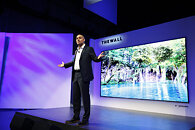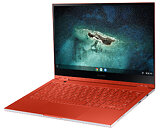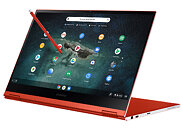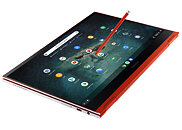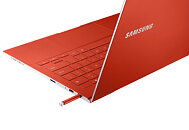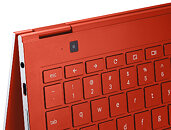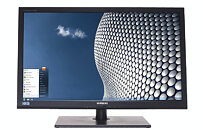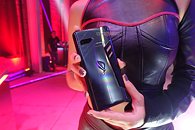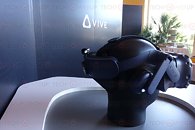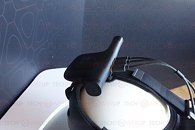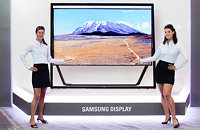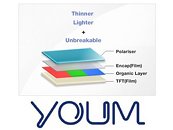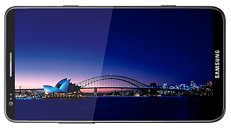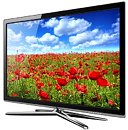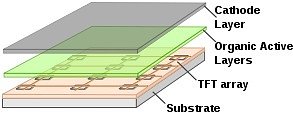
Samsung to Continue Buying LCD Screens from Sharp
It was only recently that we reported on Samsung's decision to stop manufacturing all the LCD panels and focus on the production of AMOLED and QLED displays. However, it seems like Samsung will not be abandoning the LCD technology completely. According to a report from DigiTimes, we have information that Samsung will continue to offer LCD-based screens, TN-film, various kinds of VA, IPS, etc., by buying the LCD screen from a Japanese multinational company called Sharp. Sharp will be Samsung's only source of these LCD screens, so Samsung will still be able to offer products based on them. It is reported that types of panels in question are meant for the production of television devices, meaning that they are probably bigger-sized panels.
